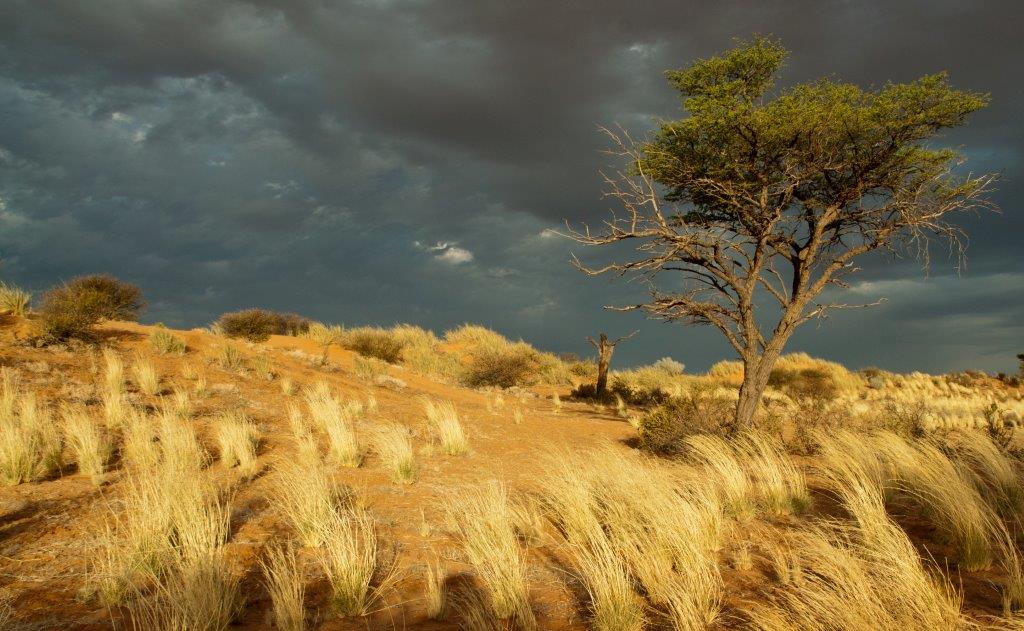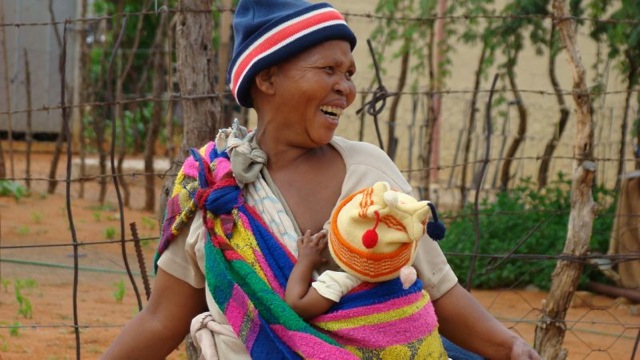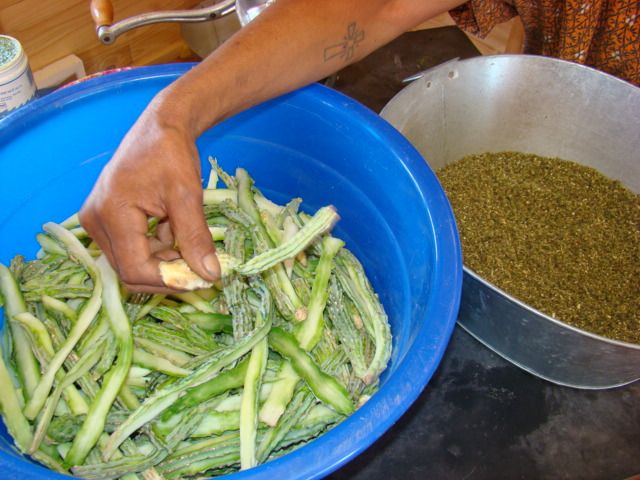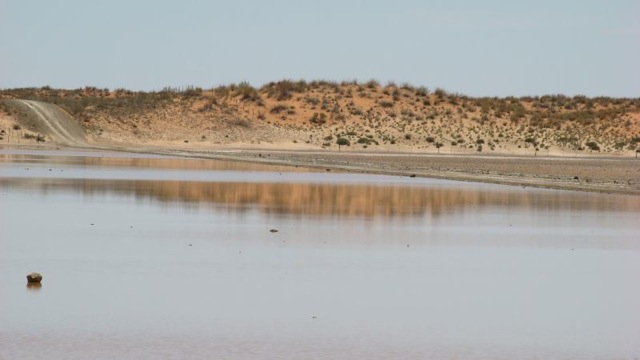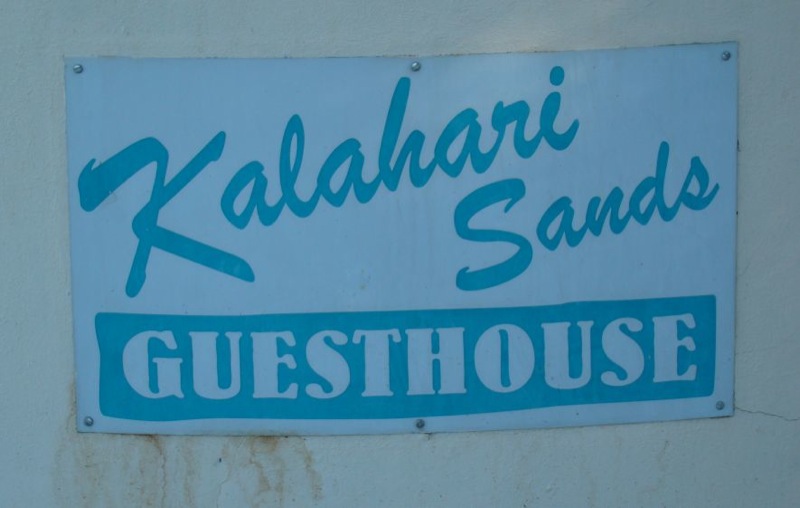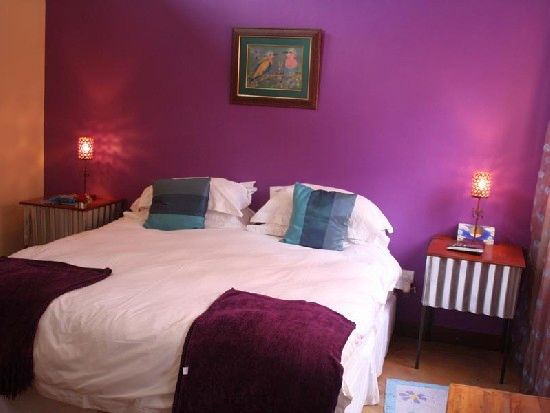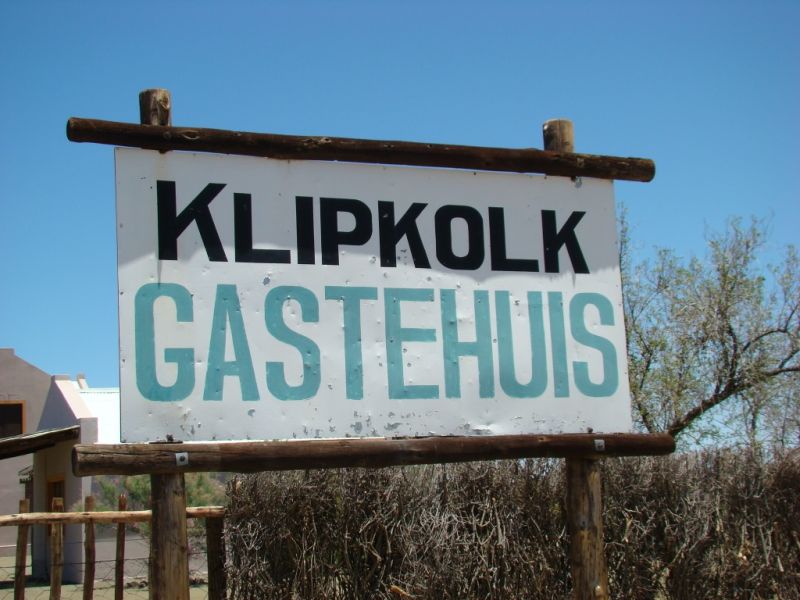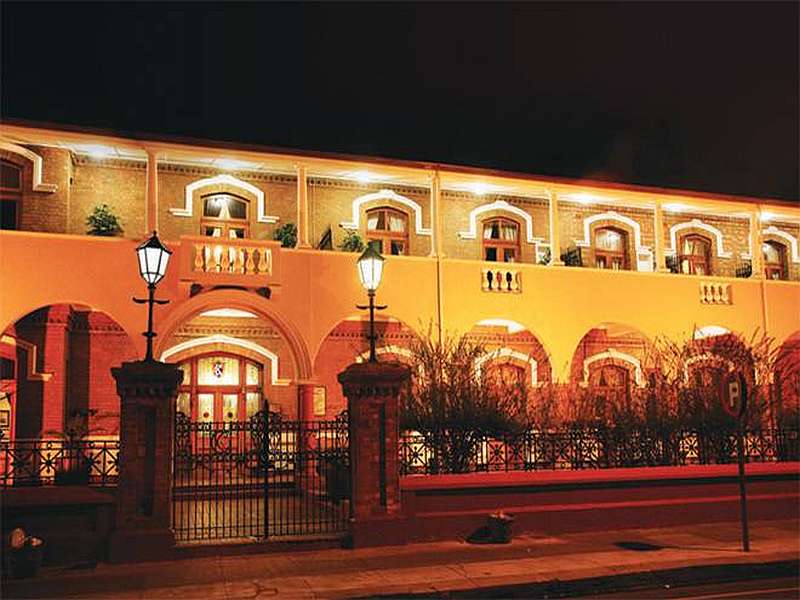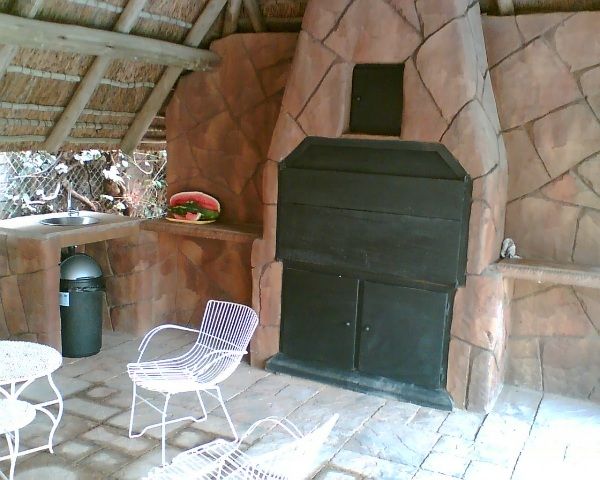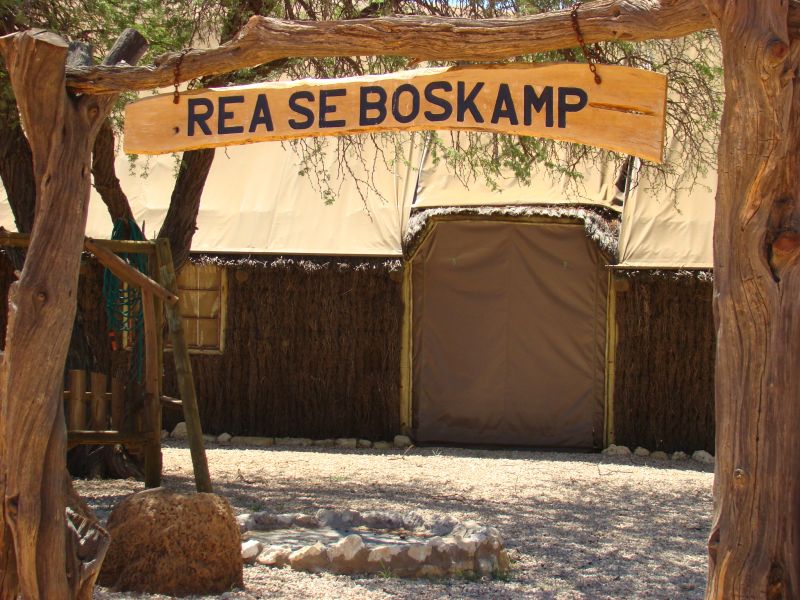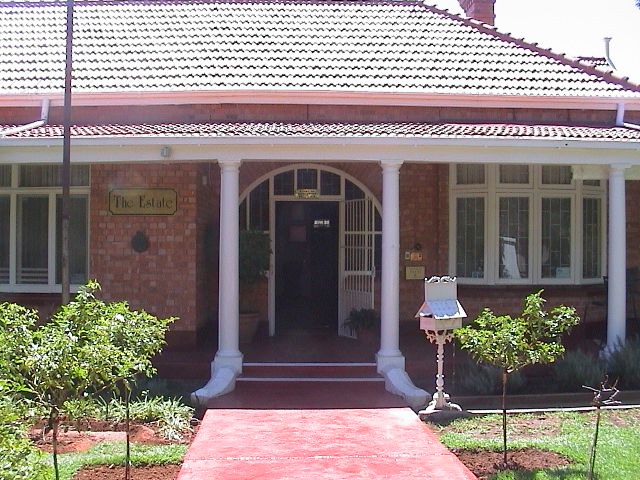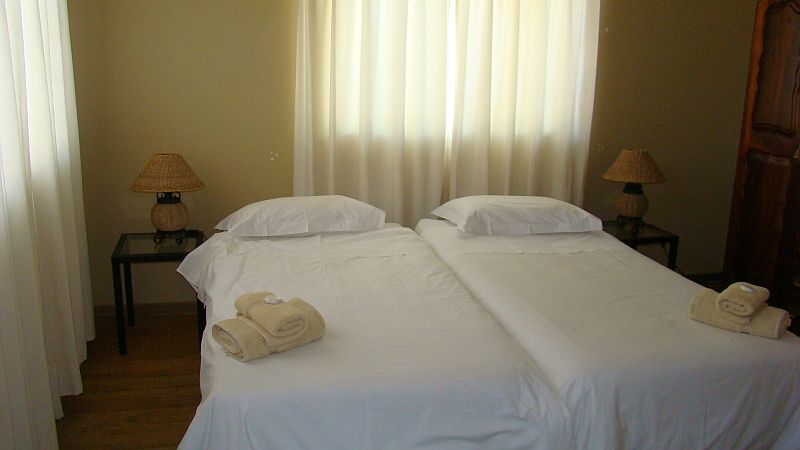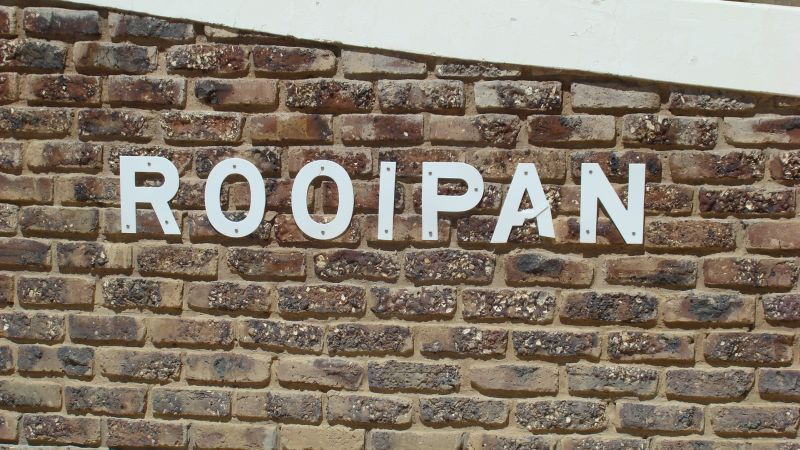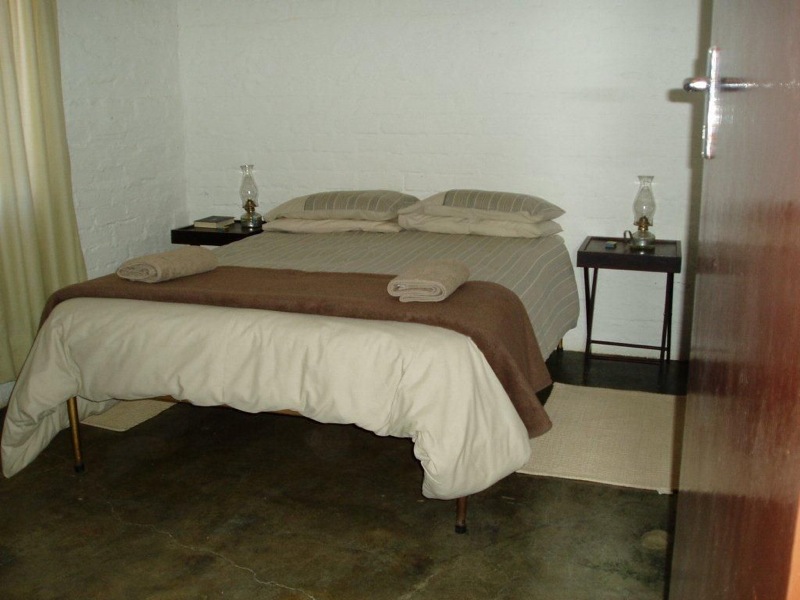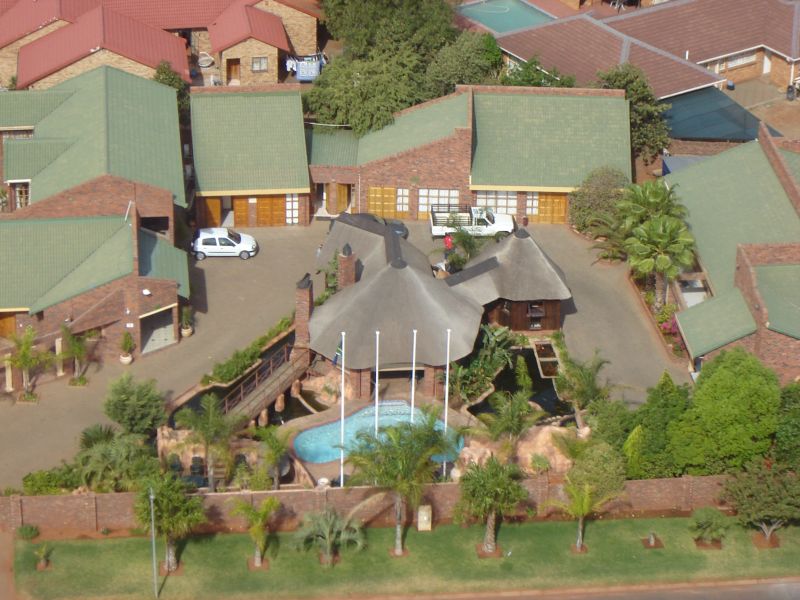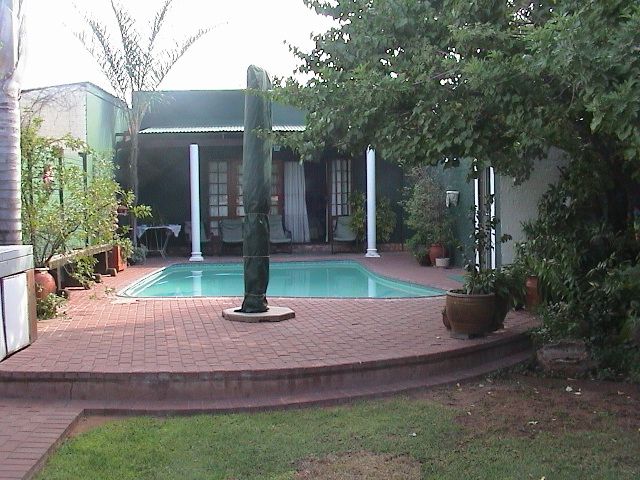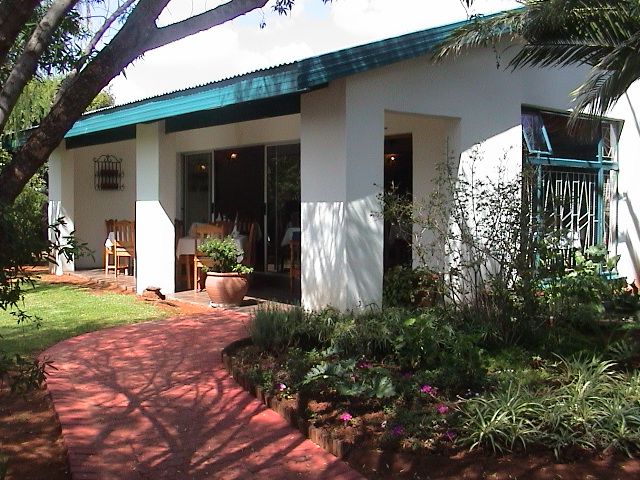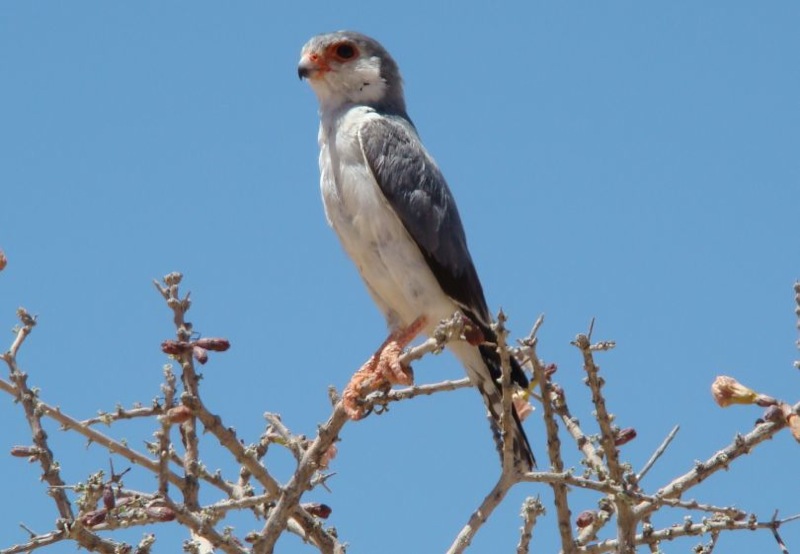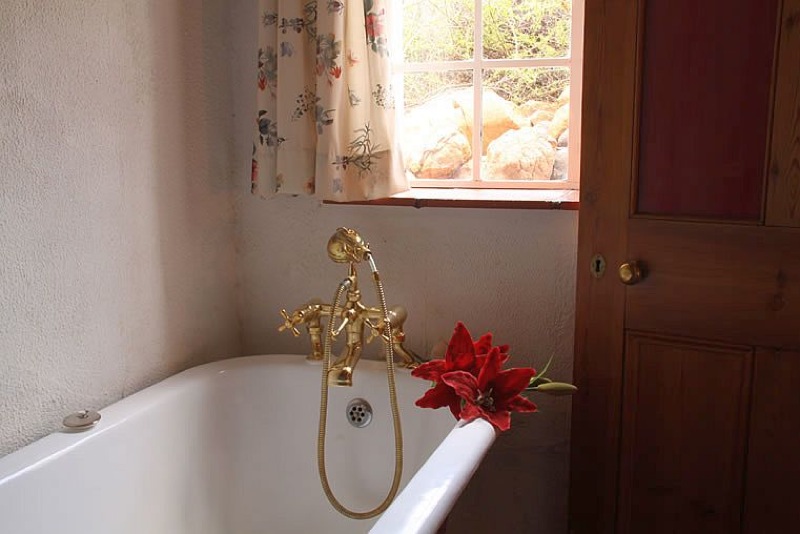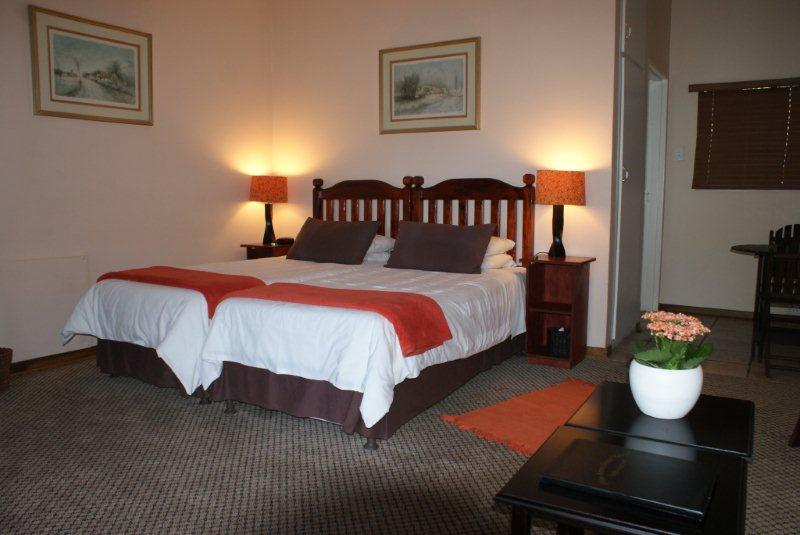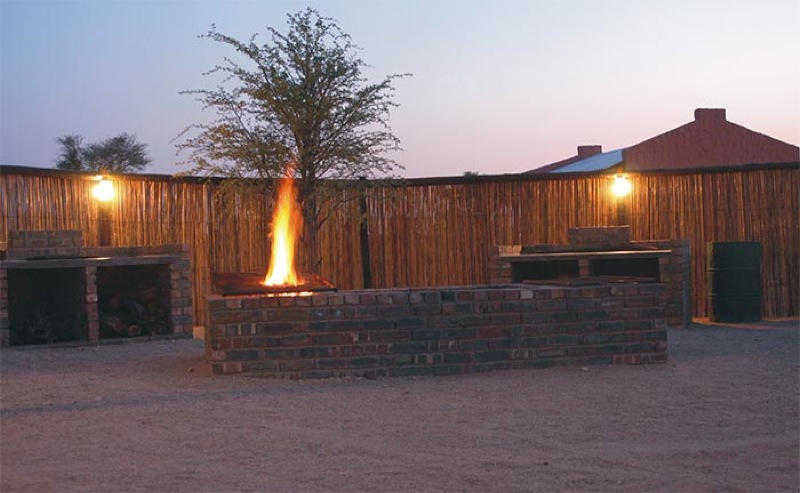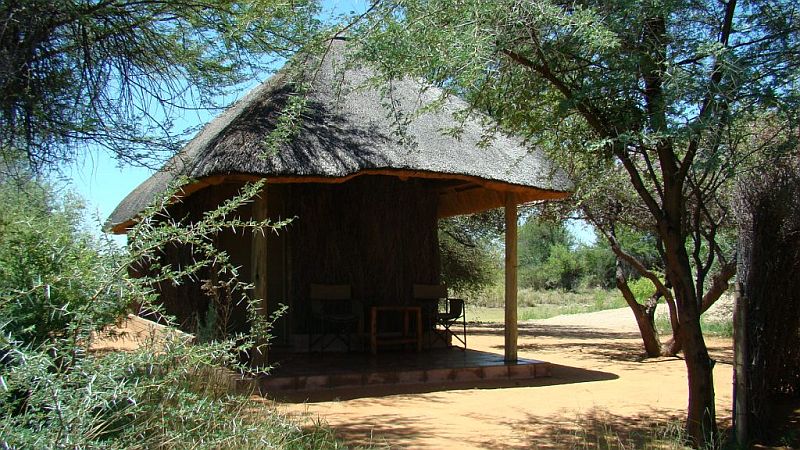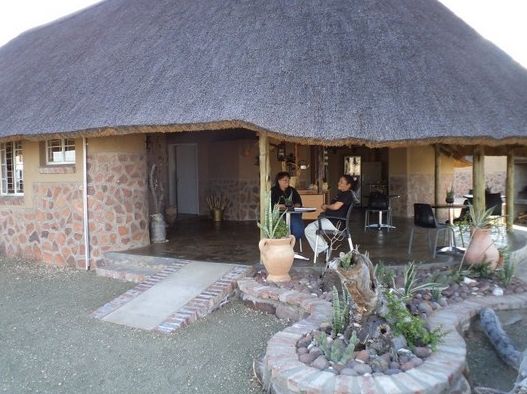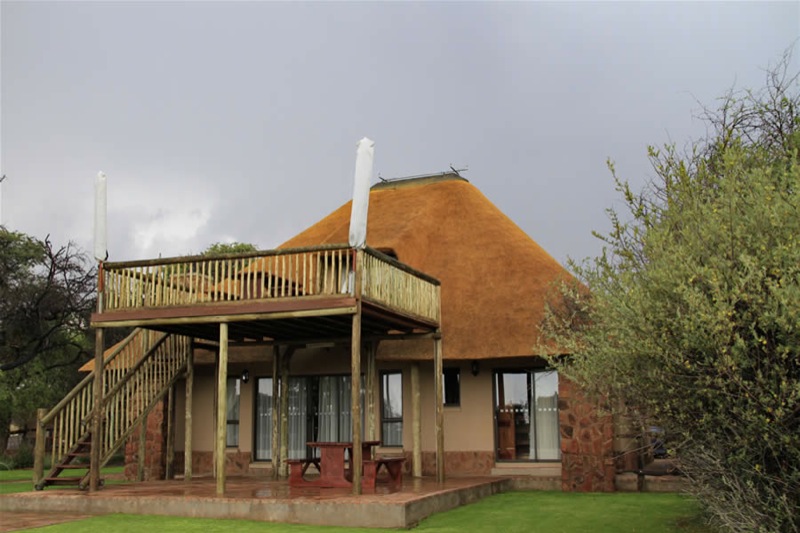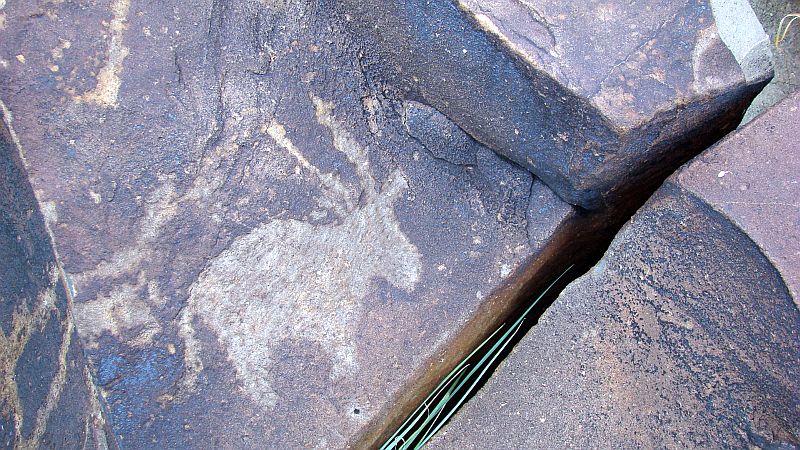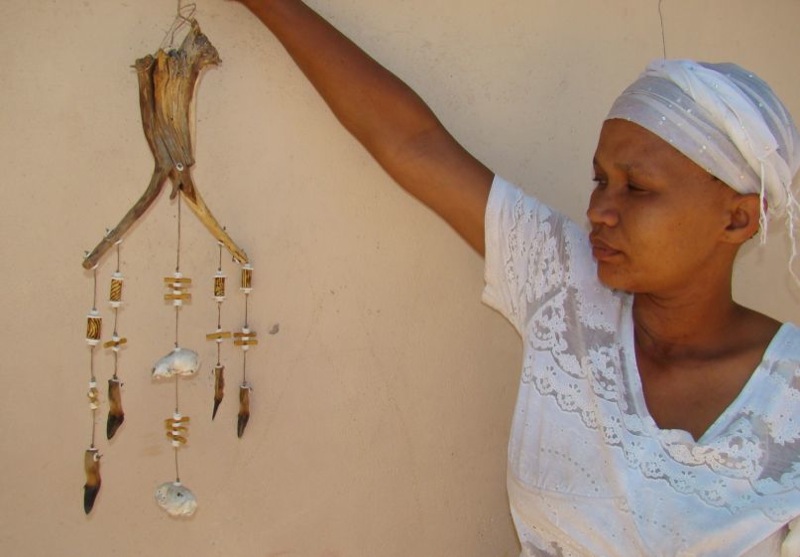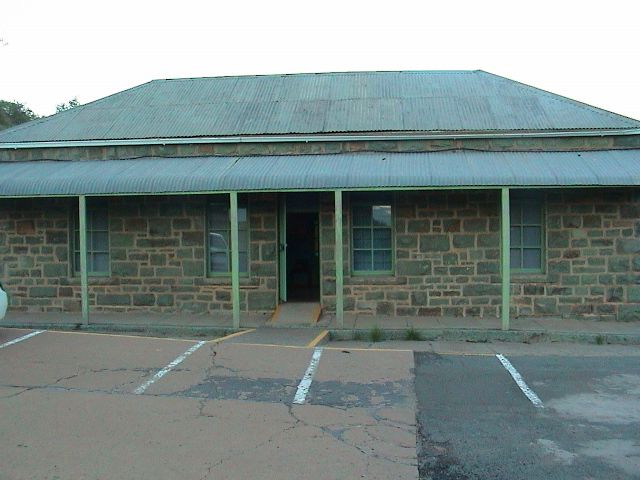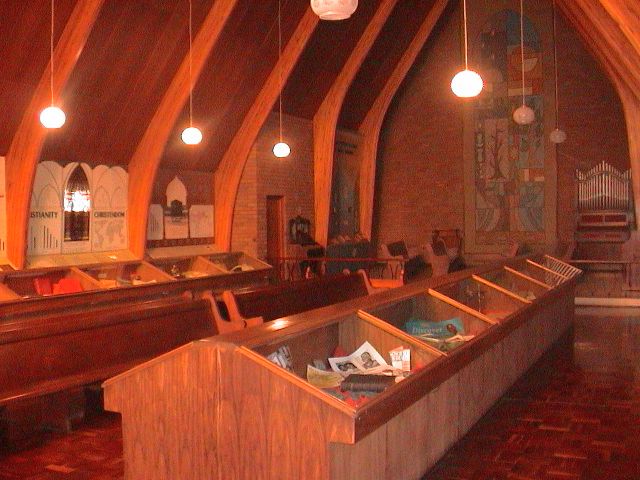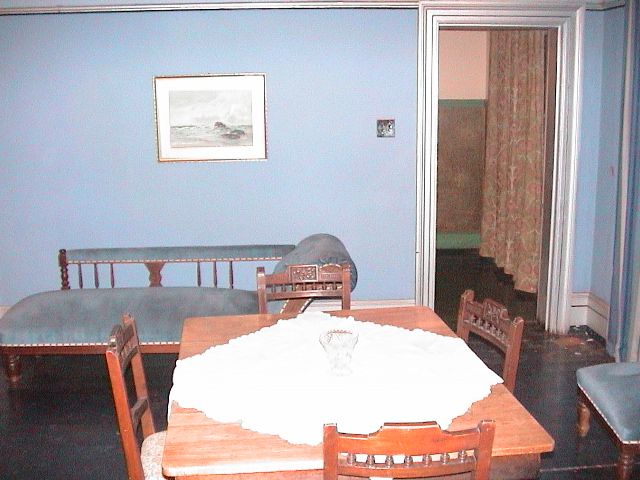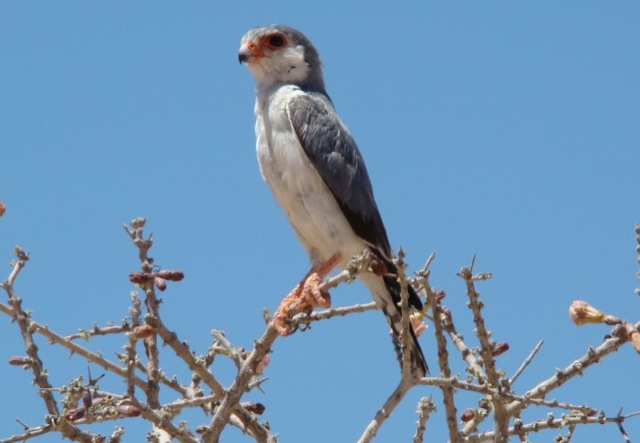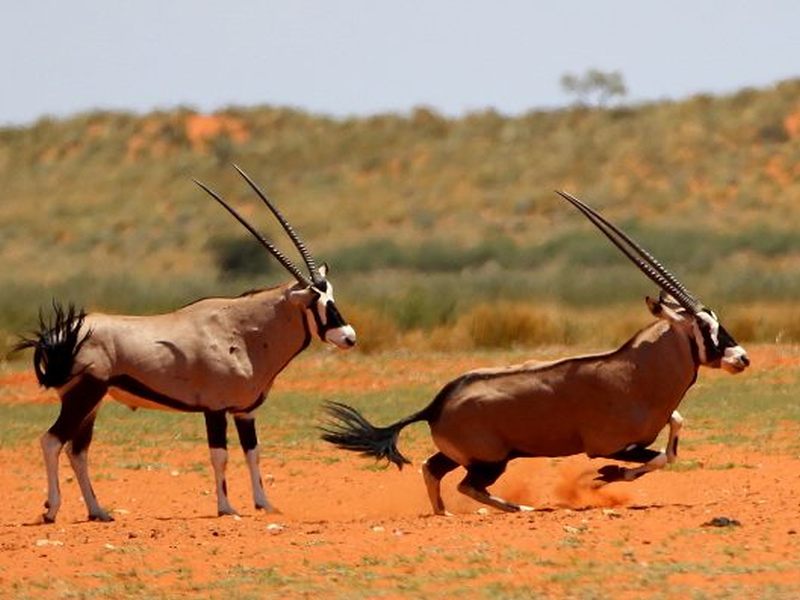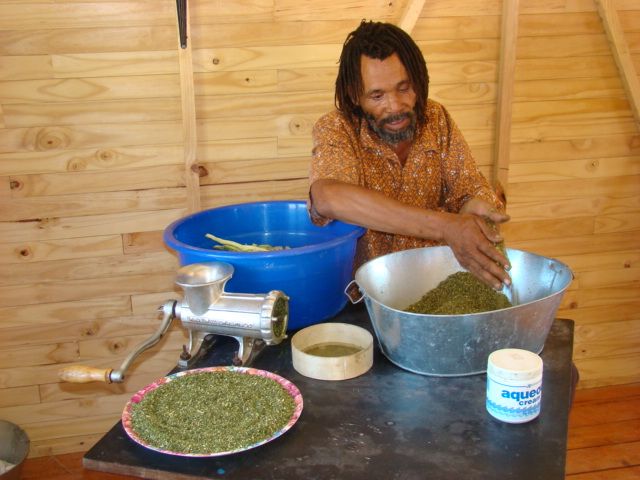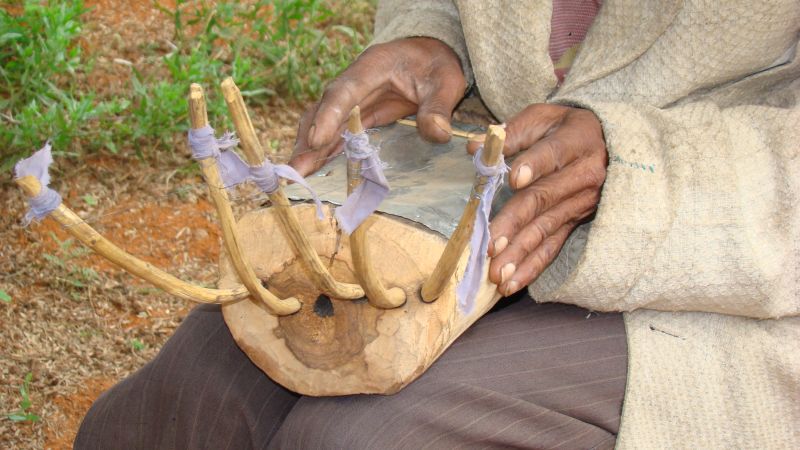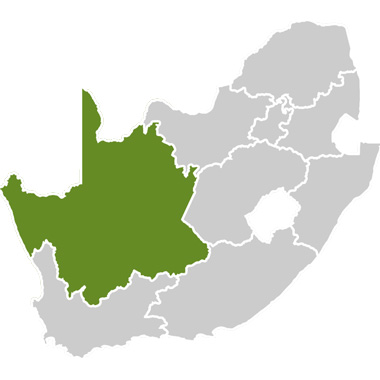The Footprints of the San Route links the San communities of Kimberley to the San communities of Andriesvale (close to Askham), including private and public attractions and potential points of interest along the way. Though the two focus areas in this route are Kimberley’s Platfontein, where the !Xun and Khwe San tribes live (resettled from the old tent camp at Schmidtsdrift), and the Kalahari (Andriesvale/Askham area), where the Khomani San won a 40 000ha land claim, this route stretches over a distance of roughly 600km and captures breathtaking contrasts – from the red sand dunes of the Kalahari desert in the north to the green banks of the Orange River at Upington, following the river to Griquatown, where it eventually diverges to the historic diamond town of Kimberley.
The route name encapsulates the turbulent yet currently relevant history of the San people. Scarred by and forced to move because of tribal and Western conflicts, the San people left their ‘footprints’ crisscrossing Southern Africa. It is hoped that the route will help the !Xun, Khwe and Khomani San communities enjoy the benefits of modern-day life whilst keeping their culture alive.
This route, with its cultural theme, also contributes to Open Africa’s vision of showcasing diverse and uniquely African natural and cultural attractions. It complements the other nearby Open Africa routes, the Kimberley Diamond Route and the Kalahari Red Dune Route, which also provide accommodation that is missing on the Footprint of the San Route itself.
Orange River:
The Orange River, South Africa’s major river, rises in the Drakensberg in Lesotho, where it is known as the Senqu. Leaving Lesotho, it flows westward for some 2 200km until it flows into the Atlantic Ocean at Alexander Bay. At the source of the Orange River the rainfall is approximately 2 000mm annually and this decreases as the river flows westward. At its mouth the rainfall is less than 50mm annually.
From Lesotho’s border to below the Van der Kloof Dam the river bed is deeply incised. Further downstream the land is low-lying with large areas under irrigation. The total catchment of the Orange River (including the Vaal) extends over 973 000km², ie about 77% of the land area of South Africa (1 268 535km²). Approximately 366 000km² (38%) is situated in Lesotho, Botswana and Namibia.
Griquatown:
Griquatown is a sheep farming town (primarily dorpers, a South African breed). It is situated in the Northern Cape, about 150km from the city of Kimberley. It has the distinction of being the first town to be established north of the Orange River.
In 1801 William Anderson and Cornelius Kramer, of the London Missionary Society, established a station among the Griqua at Leeuwenkuil. The site proved to be too arid for cultivation, and in about 1805 they moved the station to another spring further up the valley and called it Klaarwater. Their second choice was little better than their first, but for many years a lack of water prevented any further development. The name of the settlement was changed later to Griquatown, or Griekwastad in Afrikaans. They lived among a mixed nomadic community of the Chaguriqua tribe and bastaards (people of mixed origin) from Piketberg. Their two leaders, Andries Waterboer and Adam Kok II, later had a dispute and Kok left for Philippolis.
From 1813 to July 7, 1871, the town and its surrounding area functioned as Waterboer’s Land. Waterboer himself lived in a ‘palace‘, which in reality was a house with six rooms. A monument for Waterboer was later erected near the town’s hospital.
Dr Robert Moffat and his wife Mary, on their way to the town of Kuruman, were residing in Griquatown when their daughter, also Mary (who later married David Livingstone), was born in 1821. There is now a museum dedicated to her rather than the founder of the town, William Anderson. Griquatown was later the capital of the British colony Griqualand West from 1873 to 1880, with its own flag and currency, before it was annexed into the Cape Colony.
Nowadays, the town is best known for the semi-precious stones found there, particularly tiger’s eye and jasper.

